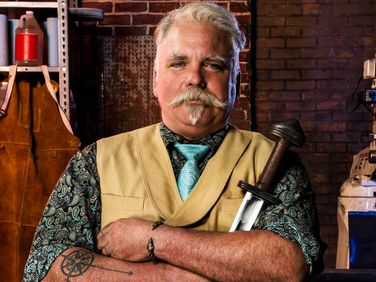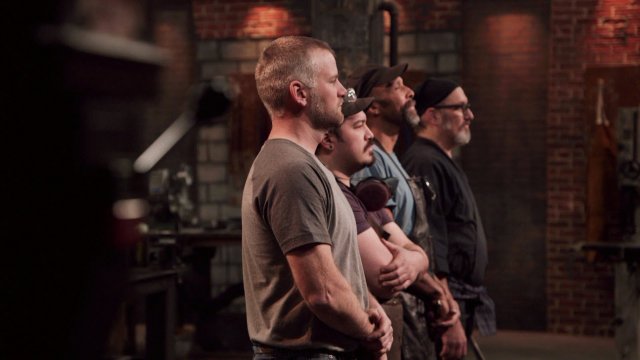

She didn’t think much of white people in the movement, but she was paired with the intern on the task of taking depositions from cheated sharecroppers. There she met another civil-rights activist named Melvyn Leventhal, a New York University law student interning with the N.A.A.C.P. Walker then reversed her great migration and arrived in Jackson, Mississippi, invigorated by Dr. Those six years-so unbelievably painful-that made me a writer.” Still, she adds, “Knowing all this, I ask myself, Would you be willing to go through those 6 years again? And I answer, No.”Īfter two years at Spelman College, she transferred to Sarah Lawrence, bent on becoming a writer.

“Those six years that made me a human being. “It was during those six years that much new feeling was born within me,” Walker reflects in a 1977 entry. She conceived of herself as an unsightly, blighted person only when she was fourteen did the surgical assistance of a kindly ophthalmologist help her regain the sense that she might be beautiful. She withdrew into her room and into novels, scribbled poems, and thought about suicide. As she later wrote, “It was great fun being cute. She lost vision in the eye and the injury left behind a crust of scar tissue that Walker began lowering her head to hide. Then, at the age of eight, a shot from a brother’s BB gun struck her right eye. As the last of eight children, Walker was adored and also distanced from her older siblings, many of whom were her part-time caretakers. The Walkers were proud that they could pay the midwife who brought Walker into the world, but her mother was returned to the fields not long after giving birth. Throughout her life, Walker’s parents, Willie Lee and Minnie Lou, worked on and around the land, in and around white people’s homes-legacies of that postbellum enterprise sharecropping, “which so resembles slavery,” Walker later reflected. They’ll feed the writings they’ll sustain the readings.īorn in 1944, Walker grew up within a familial arrangement fixed by its historical background. Pain, joy, spells of depression, unease, engagement, even disaffection-all are material. The pages of the journal leave a record of both the pulsing epiphanies and the irritations of daily existence, and chart, for a dimly perceived intimate reader, the progress of a literary pilgrim. This conviction seems a precondition for a writing career, the kind of vanity without which one writes in vain. Walker knew that her words, even the most diaristic, could well be destined for a public audience, and she knew this even before a word of hers was ever published. “Readings,” the writer answers-no more, no less. “What are you doing in London?” the director asks. The last word sags with fatigue, or maybe a certain pragmatism, pulling Albert and Celie and Steven back down to earth.

The exchange appears in “ Gathering Blossoms Under Fire: The Journals of Alice Walker, 1965–2000” (Simon & Schuster), edited by the late Valerie Boyd. But filmmaking has its own exigencies, and that fall, to her annoyance, two days elapsed before she and Spielberg were able to connect (owing in part, as she puts it, to the “nasty hoarding of the single lobby telephone by our receptionist”). The novel itself had taken on the aura of stardom, having won both the National Book Award and the Pulitzer Prize, and surpassed a million copies in sales. It was the fall of 1985, and Alice Walker was in London when she received an “urgent call from Steven.” She had spent much of the past summer on Steven Spielberg’s set, in North Carolina, as a consultant and as an awed bystander amid the wounding process of adapting her novel to film. The name is not a secret Celie has always known it. In the novel’s twenty-third letter, Shug lies abed in his home, barking orders at someone called Albert, a name Celie doesn’t recognize. Shug knows Celie’s husband, too, but not as Mr. We hear breathlessness, for example, when she learns that “Shug Avery is coming to town!” That Shug Avery-the sharp and singing Queen Honeybee-knows exactly who she is. Yet, in a world ruled by men, Celie provides our perspective even their speech must flow through her pen. _ in wedlock, though her sister, Nettie, is the one he really wanted. _.” She has passed from one man’s domain to another’s, handed off by the only father she knows to live with Mr. For much of the book, Celie, the narrator, refers to the epistolary novel’s principal patriarch (aside from the God to whom she addresses her letters) only as “Mr. “The Color Purple” is a novel about women, but one man takes up precious room. This content can also be viewed on the site it originates from.


 0 kommentar(er)
0 kommentar(er)
